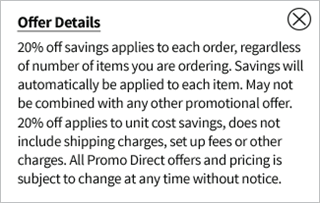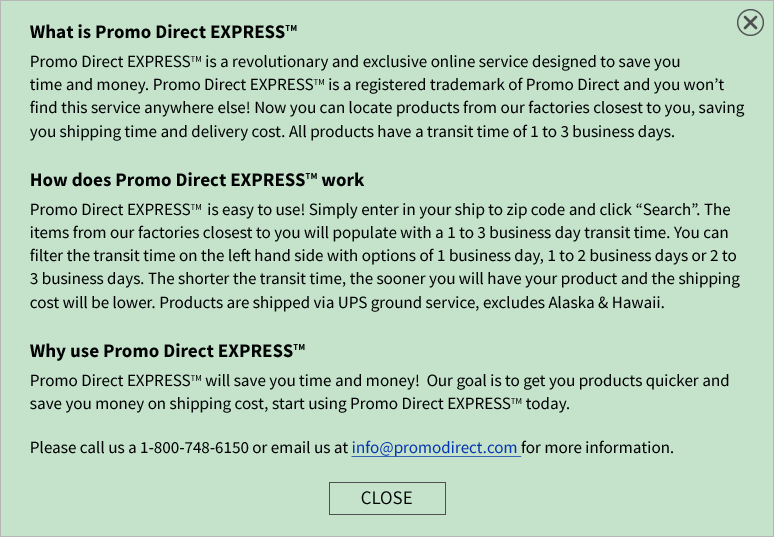To put it in simple words, a brand is the distinguishable identity of a product that gives it its character. For example, names like Disney, Microsoft, and NOKIA etc are brands that have created their own niche and the world knows them.
Trademarks go a step further and make your brand’s identity poach-proof! For example, if without obtaining appropriate consent, you use a particular catchphrase, logo or even a font that has been granted a trademark, you may face legal action. For example, imprinting Gucci’s logo to promote your regular drawstring bags, or using Homer Simpson as your mascot may bring a lawsuit to your door.
Apple is a perfect example of a brand trying to fortify its identity. Last year Apple had filed for a trademark on its "There’s an app for that," phrase which was used to promote the I Phone. Last week, the US Patent and Trademark Office (USPTO) made Apple one happy brand by granting its wish.
While trademarks are a well-understood buzzword in the business circles, a brand is a simpler type of identity that your clients associate with you. Your brand pulls clients towards you and a trademark helps in protecting this clientele from being misled by your rivals, who may try to duplicate your brand’s identity. The cost of your product or service also depends on the brand’s value in the market. The basic features are present in every shoe, for example, but shoes that have already created a following for themselves like Nike or Adidas will be priced more.
Therefore, not surprisingly, most
business ideas are about enhancing brand image, brand recognition and recall and
promotional advertising fulfills this purpose. Take Nike’s ’Write the Future’ campaign video for example, which roped in football greats to speak about the great moments in the game that propelled them into fame. It indicated that Nike became more than just a brand. It became a movement.










 Promotional Products & Custom Apparel
Promotional Products & Custom Apparel

 All
All





















